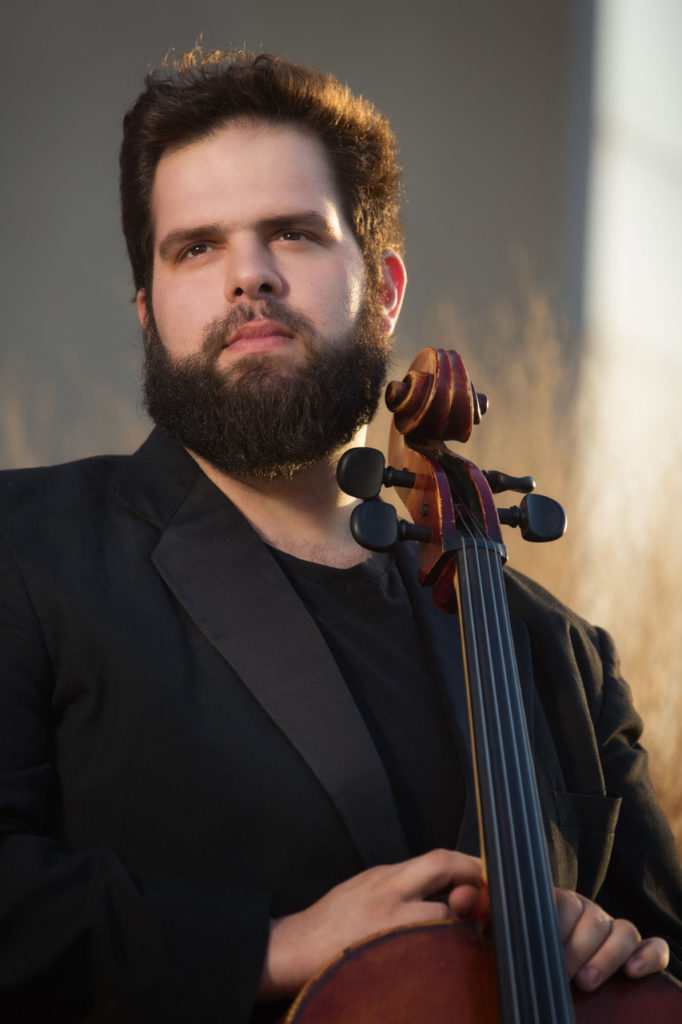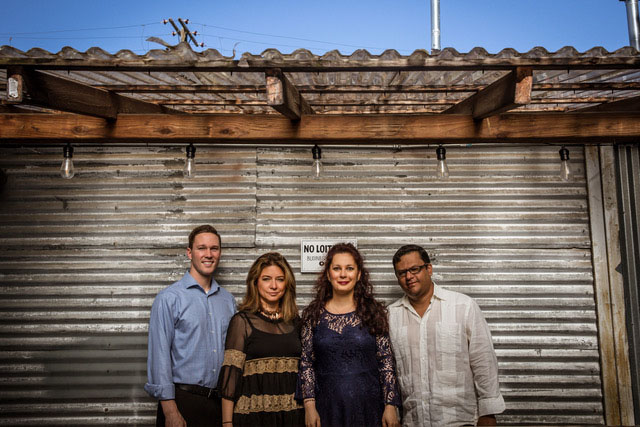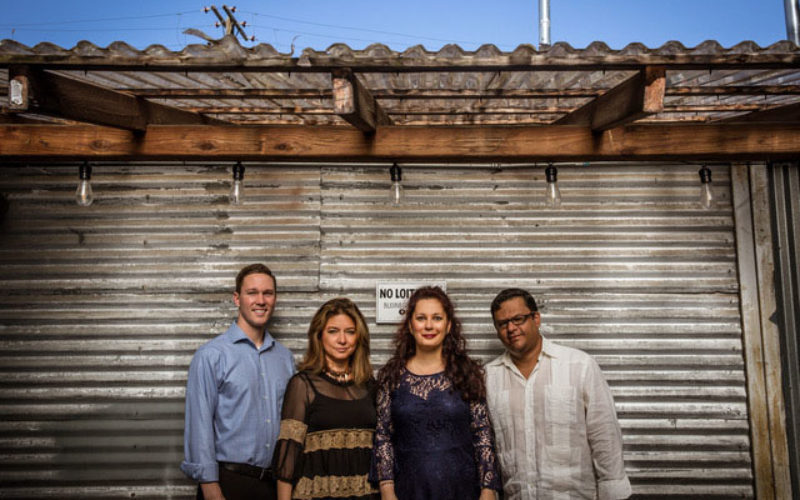BECCA MARTIN-BROWN
bmartin@nwaonline.com
“The through-line that connects all of our chamber music performances, both at Walton Arts Center and outdoor concerts, is the musicians themselves,” D. Riley Nicholson, executive director of the Symphony of Northwest Arkansas, says of a series of upcoming events. “We’re framing all of these concerts as part of a ‘SoNA Voices’ series because the concerts feature members of the SoNA family with programs created not by [music director Paul Haas] or me, but by the musicians themselves. These concerts are a reflection of their artistic voices, their interests, their visions for what classical music is and what it can be.”

In a year when SoNA has put large orchestral performances on hold, the smaller events allow “our audiences [to] get to know our artists up close and personal and in a new way,” Nicholson says, “hearing a different side of SoNA that really was there all along. I think both our artists and audiences have really appreciated the chance to present music in new ways; it’s made us grow as artists, and it’s given us new opportunities to rethink how we can use this moment to change our industry for the better.
“However,” he adds, “audiences and artists miss playing together in large groups; there is no substitute for large, live, in-person symphonic concerts. Put simply, we can’t wait to get back to Walton Arts Center! We plan to return to the mainstage in full force in the fall for Season 2021-22!”
The next three SoNA Voices performances are:
‘Who We Are’
Featuring Lia Uribe
2 p.m. April 18
In the Atrium at WAC

“This recital will present pieces by diverse contemporary composers and compositional styles, unified by the theme of life, uncertainty and utopias,” says Lia Uribe, who will perform on bassoon joined by Fernando Valencia and Matt Brusca, percussion, and Miroslava Panayotova, piano. “The program includes pieces by composers Mario Lavista (Mexico), Katherine Murdock (local bright star), Noelia Escalzo and Jorge Mockert (Argentina), among others.
“We titled this concert ‘Who we are,’ inspired by French Cuban-American diarist, essayist, novelist and writer Anaïs Nin’s quote ‘We don’t see things as they are, we see them as we are,’” Uribe says. “With this performance we hope to bring our own perspectives and voices, to share new repertoires with our audience, and to ask them to join us in advocacy for a more balanced representation in our stages through music. We want to share the joy of live music and communion, especially coming back after a long period of silence and desolation due to covid, and as a specific action that responds to all those difficult conversations about racial and creative justice.”
TICKETS — Free; reservations at sonamusic.org
‘All Alone’
Eman Chalshotori
2 p.m. April 25
In the Atrium at WAC
“Cello is such a magical instrument,” Eman Chalshotori enthuses. “The biggest reason that people are drawn to it is the quality of sound it can produce. It is probable the closest to resembling the sound of the human voice. While it is mostly known for its tenor-like tone, the cello is more versatile than other instruments in that you can also get that beautiful bass sound in the lower registers and an almost-soprano-like sound in the upper register. I think people like it because we all wish we had that kind of range. Who doesn’t want to be able to sound like Barry White in one moment and Renee Fleming in the next?”
The April 25 program will include Pulitzer Prize winning composer Caroline Shaw’s piece “in manus tuas” (2009), which Chalshotori says “has a beautiful sound that blends modern cello technique with compositional writing similar to 15th century choral music”; Mohammed Fairouz’s “Gabriel” (2015), “an instrumental soliloquy with long, lyrical melodies and bombastic Middle Eastern rhythms”; Mark O’Connor’s “Appalachia Waltz” and Svante Henryson’s “Black Run,” which “provide an incredible fiddle-style juxtaposition between fiery and rambunctious, to sweet and serene”; and the program ends with J.S. Bach’s Suite for Solo Cello BWV 1012.
“While Bach has been gone for over 300 years, his cello suites have survived the test of time,” Chalshotori says. “One could argue that these works were the impetus and inspiration for all solo cello music after their inception.”
TICKETS — Free; reservations at sonamusic.org
‘Music for Oboe and Strings’

Featuring Theresa Delaplain
6 p.m. May 16
Mount Sequoyah
The ensemble of Theresa Delaplain, oboe; Miho Oda Sakon, violin; Jesse Collett, viola; and Kari Caldwell, cello, will present a varied program of works that includes what Delaplain calls “two old favorites,” Mozart’s Oboe Quartet and Benjamin Britten’s “Phantasy Quartet.”
“Also on the program is the Trio for Oboe, Violin and Viola by Grazyna Bacewicz, Poland’s leading 20th century female composer,” she says, “and another quartet, ‘Emblems,’ by local composer Robert Mueller. I chose this set of works because I value the compelling musical message of each work, and together they offer a good variety of approach and style. It’s very gratifying as a wind player to do chamber music with string players, and although these works highlight the oboe, there is plenty of interplay between all the players.
“In an intimate setting, there is only one person per part,” says Delaplain, “so there’s an enormous sense of responsibility, and the joy of working out details of the music, and the satisfaction of producing a captivating performance together.”
TICKETS — $10-$40 at sonamusic.org



